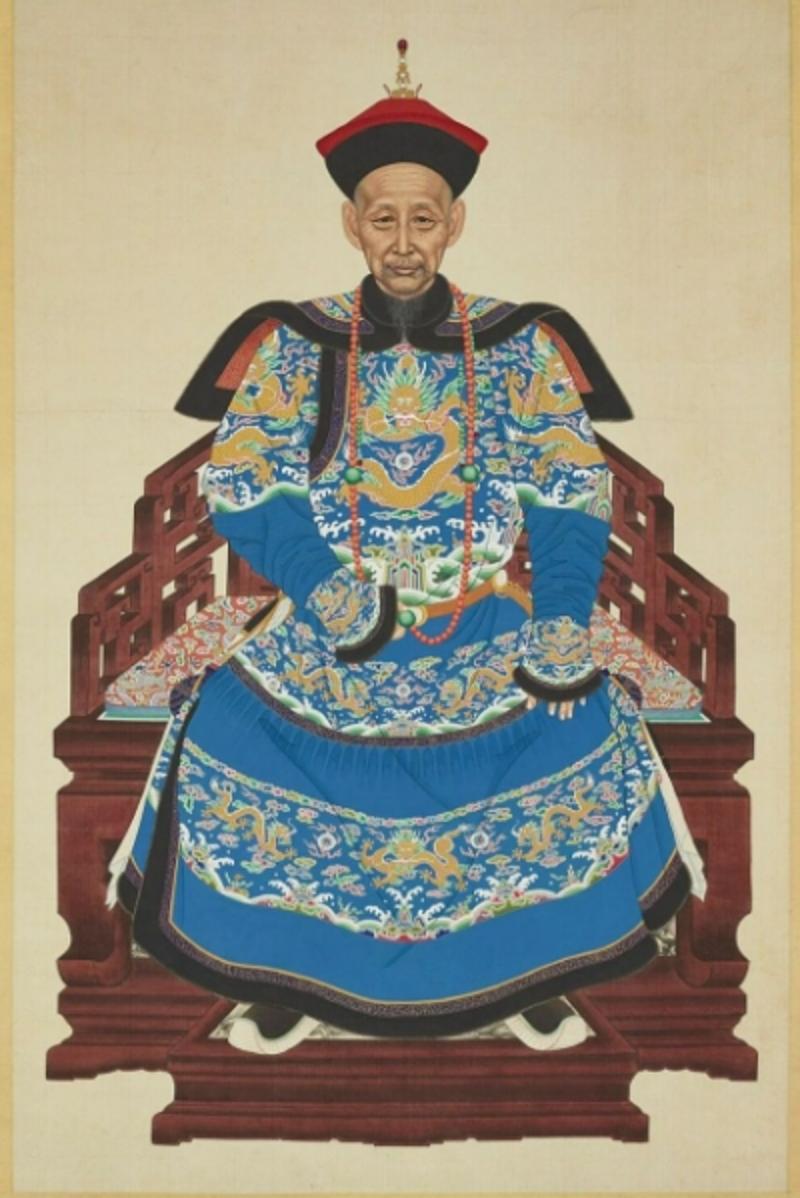What Did Prince Gong Do
Prince Gong, Yixin, was a prominent political figure in the late Qing Dynasty, leaving a deep imprint on modern Chinese history with his remarkable political wisdom and diplomatic skills. In 1861, he established the Zongli Yamen, which marked the beginning of more active external communication for the Qing government. Furthermore, Prince Gong advocated for constructive engagement between the Qing Empire and the Great Powers of the time, efforts that had profound impacts on domestic and foreign policies in the late 19th century.
Reference: Prince Gong

1. The Rise of Prince Gong Yixin
- Changes in the Political Environment: After Emperor Xianfeng fled to Rehe, Yixin took on the heavy responsibilities of state affairs. The political turbulence of this period provided him with an opportunity to rise.
- Demonstration of Personal Abilities: With outstanding political wisdom and diplomatic skills, Yixin stabilized the political situation amidst the crisis, earning praise both inside and outside the court.
- Evolution of the Relationship with Emperor Xianfeng: Despite their close early relationship, brotherly ties gradually grew distant as the imperial throne competition and political differences intensified.
2. The Alliance of Prince Gong with the Two Empress Dowagers
- Coup and Political Reform: The two Empress Dowagers, Cixi and Ci'an, allied with Prince Gong to launch a coup, followed by two years of political reform.
- Formation of a Tripartite Power Structure: Prince Gong and the two Empress Dowagers formed a tripartite power structure similar to a modern corporation, making decisions on state affairs together.
- Impact of the Reform: The reforms of this period had a profound influence on the politics of the late Qing Dynasty, driving the modernization of the political system.
3. Prince Gong's Political Career and Achievements
- Honor of the "Iron Hat Prince": Due to his outstanding achievements, Prince Gong was awarded the title of "Iron Hat Prince," a high honor in the Qing Dynasty.
- The Pinnacle of Political Career: Prince Gong reached the pinnacle of his political career, with his influence extending both inside and outside the court, significantly impacting the political direction of the late Qing Dynasty.
- Driving Force of the Qing Empire's Transformation: Prince Gong was dedicated to promoting the modernization of the Qing Empire, including military, economic, and cultural aspects.
4. Prince Gong's Art Collection
- Art Appreciation and Collection: Prince Gong possessed a keen sense of art appreciation, and his collection included many precious artworks.
- Royal Gift Presentations: As a close relative and important minister of the emperor, Prince Gong received many royal gifts, including customized artworks.
- Inheritance and Loss of Art Collections: Prince Gong's art collection underwent a process of inheritance and loss after his death, and some collections are still highly regarded today.
5. Tourist Attraction: Prince Gong's Mansion
- Combination of History and Current Status: Prince Gong's Mansion, a historic building complex, has become a famous tourist attraction in Beijing.
- Artistic Value of Architecture and Gardens: The architectural style and garden design of Prince Gong's Mansion embody the essence of traditional Chinese culture, possessing high artistic value.
- Venue for Cultural Activities: Besides being a tourist attraction, Prince Gong's Mansion often hosts various cultural activities such as calligraphy and painting exhibitions and traditional culture lectures.
Through the detailed elaboration of the above content, we can more comprehensively understand Prince Gong Yixin's contributions and influences in the late Qing politics, culture, and art collection.
QA1: What role did Prince Gong Yixin play in the politics of the late Qing Dynasty?
Answer: Prince Gong Yixin was an important political figure in the late Qing Dynasty, playing a crucial role with his remarkable political wisdom and diplomatic skills. He established the Zongli Yamen in 1861, marking the beginning of a more active external communication for the Qing government. Furthermore, Prince Gong advocated for constructive engagement with the major powers of the time, an effort that had profound impacts on domestic and foreign policies in the late 19th century.
QA2: What are the characteristics of Prince Gong's art collection?
Answer: Prince Gong possessed a keen sense of art appreciation, and his art collection was characterized by its inclusion of many precious artworks. As a close confidant and important minister of the emperor, he received numerous royal gifts, some of which were customized artworks. Although some pieces from his collection were lost over time, the surviving artworks are still highly regarded today.